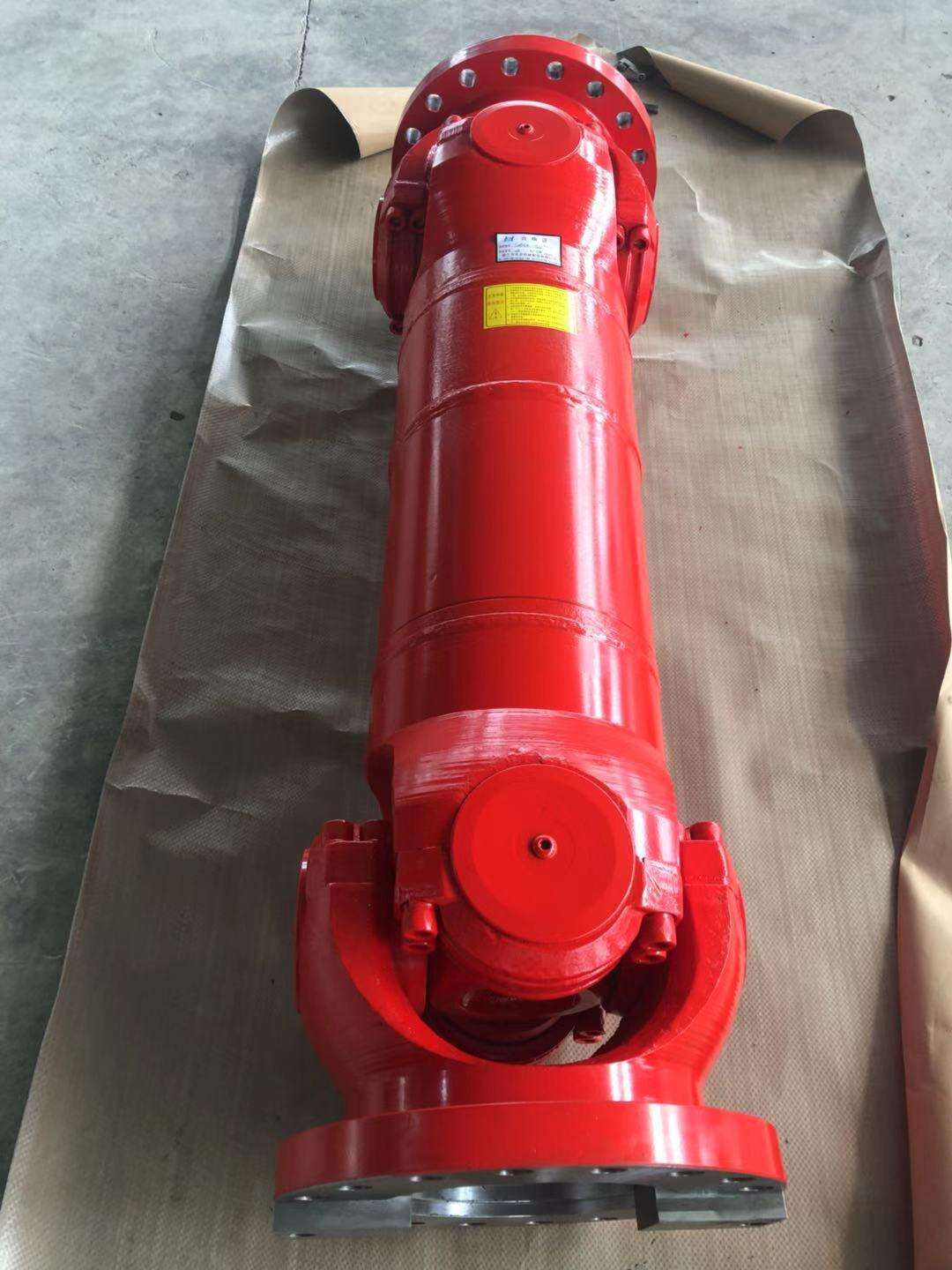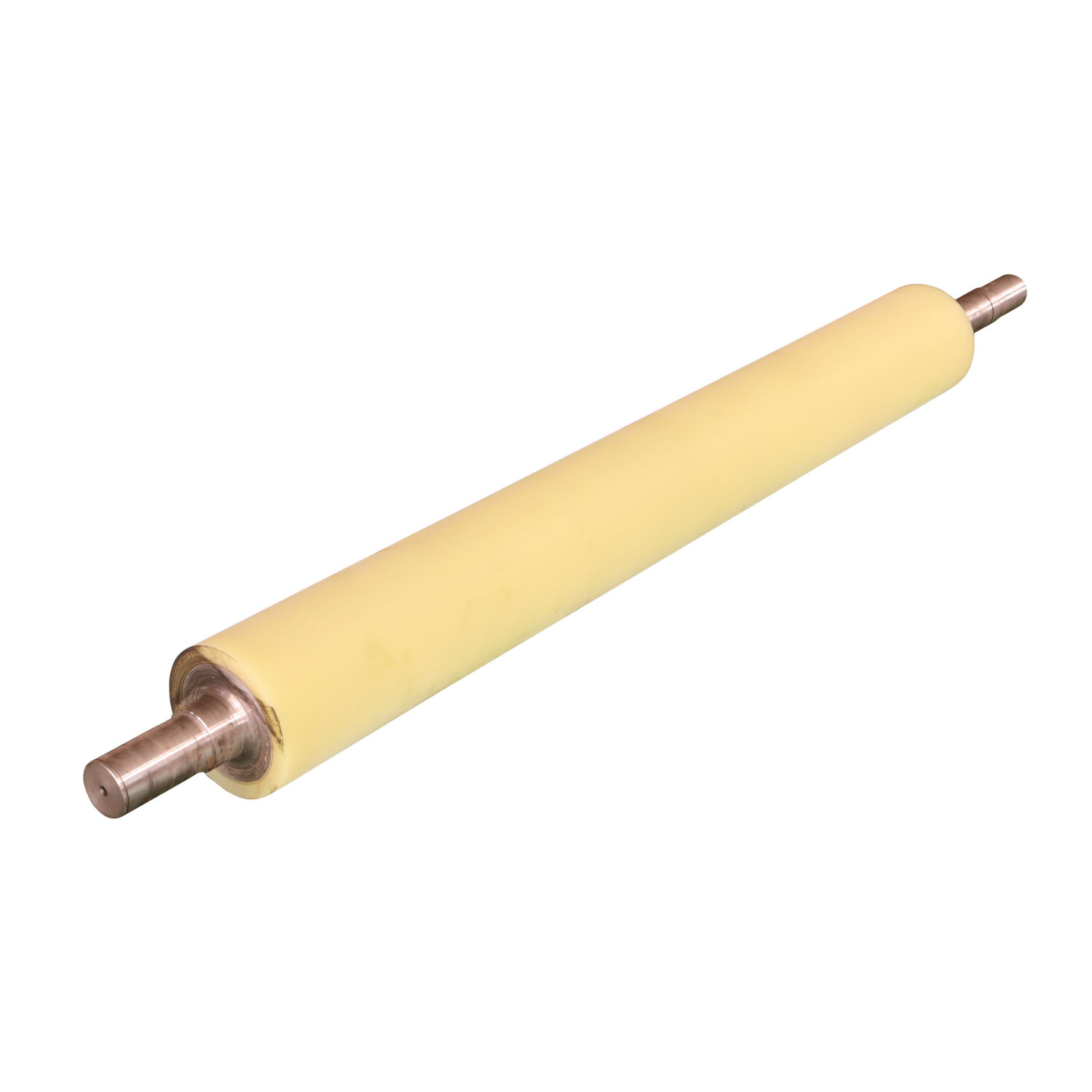half gear coupling
A half gear coupling represents a crucial mechanical component designed to connect two shafts while allowing for minor misalignment and efficient power transmission. This coupling type features a unique design comprising two identical halves, each with external gear teeth that mesh with internal gear teeth in a sleeve. The construction enables both axial movement and angular displacement, making it particularly versatile in various industrial applications. The half gear coupling excels in high-torque transmission scenarios while maintaining exceptional durability and reliability. Its design incorporates precision-engineered gear teeth that ensure optimal load distribution and smooth power transfer between connected shafts. The coupling's ability to accommodate shaft misalignment, both parallel and angular, makes it an ideal choice for applications where perfect alignment is challenging to maintain. Additionally, the half gear coupling's robust construction typically includes high-grade steel components, often with heat treatment for enhanced wear resistance. This mechanical component finds extensive use in heavy machinery, industrial drives, power generation equipment, and various manufacturing processes where reliable power transmission is essential.


